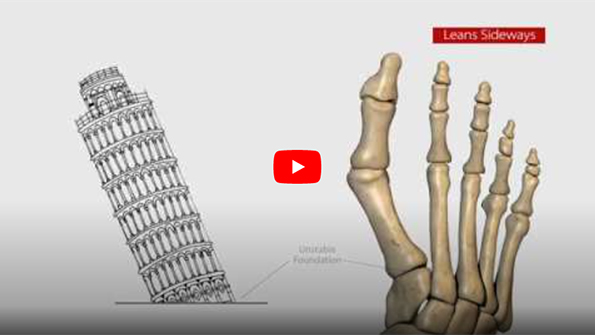What is Lapiplasty?
Lapiplasty is an advanced surgical method for bunion correction. This technique uses specially designed instruments to manipulate the bone in 3 dimensions so that the root of the problem, a misaligned and unstable joint within the midfoot is corrected and stabilized. The procedure uses smaller incisions than traditional bunion surgery which involves shaving of the bony projection (osteotomy) and shifting the bones but does not address the unstable joint or the 3-dimensional nature of the deformity.
Indications for Lapiplasty
Lapiplasty is specifically developed to treat bunions. A bunion is an abnormal outward bony projection at the base of the big toe while the big toe points towards the rest of the toes. The big toe may overlap or underlap the adjacent toe or toes. The deformity occurs in horizontal, vertical, and rotational dimensions.
Procedure of Lapiplasty
To perform a Lapiplasty, your surgeon will do the following:
- A small incision will be made over the metatarsal bone which is present below the base of the big toe.
- A specially designed instrument will be inserted that shifts and rotates the deviated metatarsal bone to its normal anatomical position correcting the deformity at the base of the toe and the abnormal joint relation at the base of the metatarsal bone in the midfoot.
- The joint at the base of the metatarsal bone is then stabilized using titanium plates.
The procedure may take up to one hour and may vary based on the severity of the condition.
Post-procedure Instructions and Recovery for Lapiplasty
Lapiplasty does not require casting and recovery is usually faster than traditional bunion surgery. You will be able to bear weight on your feet within a few days of the surgery. For 6-8 weeks, your doctor will recommend a surgical boot for support.
Advantages of Lapiplasty
Advantages of lapiplasty include:
- Minimal incision
- Improved range of motion
- Faster recovery
- Restores normal anatomy
- Long term results
- No casting





